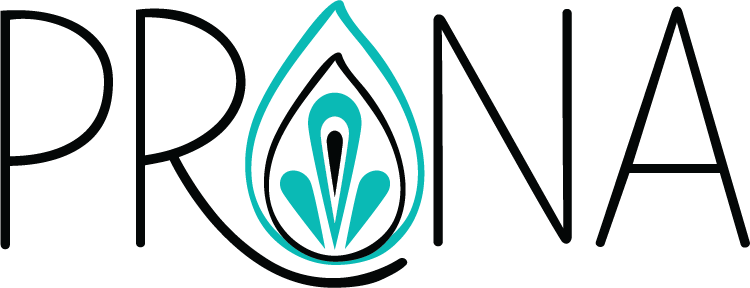Moving from Dancer to Teacher
This weekend has been full of preparations for our upcoming General Skills and Teacher Training events happening next week, and I'm so freaking excited to welcome dancers from all over the world to Portland where we will dive deep into the details and history of FCBD® Style—and to nurture our next generation of teachers.
That leads perfectly into our theme for November: Teaching.
Throughout the month, we’ll share reflections, class recommendations, and a special podcast episode on Mental Health Essentials for Dancers. And at the end of the month, we’ll wrap it all up with something extra special (details coming soon!).
Let’s kick things off by talking about one of the biggest transitions in a dancer’s journey—the moment we shift from student to teacher.
What Makes Someone Want to Teach?
There are so many reasons dancers feel called to teach, but in FCBD® Style, I often see two common ones:
1. Sharing Your Love of Dance
Having a deep passion for the dance and a desire to help others experience the same joy, empowerment, and community it has brought into their own life.
2. Wanting to Have Others to Dance With
The need to build community—especially when there are few or no local dancers to dance with. Sometimes, you don’t plan to become the teacher… but you step up because the community you want doesn’t exist yet.
Initial Challenges of Teaching
Aside from marketing your classes and getting students through the door, there are a few challenges nearly every new teacher faces. Let’s look at two of the most common ones.
1. Wanting to Share Everything You Know
As new teachers, we’re eager to share it all—everything our teachers taught us, the tips we picked up at workshops, and the insights we’ve gathered over the years. But trying to teach your entire understanding of say, Taxeem (Figure 8), in one class can overwhelm new students.
Teaching is an art of distillation. It’s learning to simplify your knowledge into clear, digestible instructions that spark movement. It’s choosing to teach what your students need today—not everything you know.
This skill grows with experience. You learn it by watching how your words translate to your students’ bodies, by noticing their “aha!” moments, and by refining how you communicate.
That’s why we always encourage new teachers to start with Carolena’s words from her DVDs or her classes on FCBDU. They provide an excellent foundation to help you build confidence as a teacher and learn how your words inspire movement.
2. Not Feeling Ready to Teach
Let me tell you something important: you may never feel ready.
And that’s okay.
The only way to move through imposter syndrome is to do it anyway—to lean into the nerves and let them transform into excitement.
Even after teaching thousands of classes and workshops, I still get nervous every single time. But I’ve learned to see that nervousness as energy—it means I care. I simply translate it into enthusiasm for what I'm about to teach.
A Final Thought
Teaching isn’t about being perfect. It’s about being willing—willing to share what you know, to learn from your students, and to grow right alongside them.
Have you moved through teacher challenges?
What are some words of advice for new teachers?
